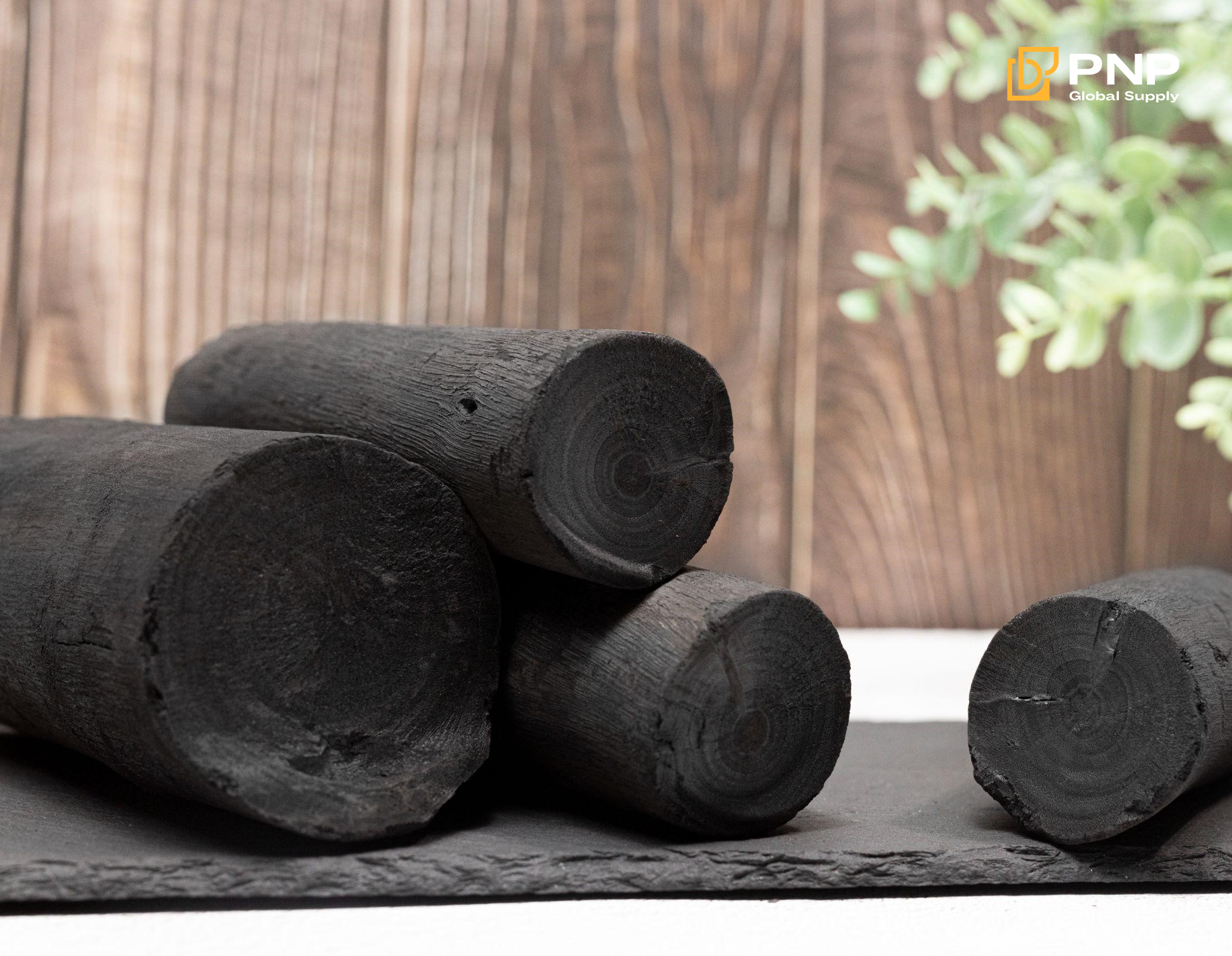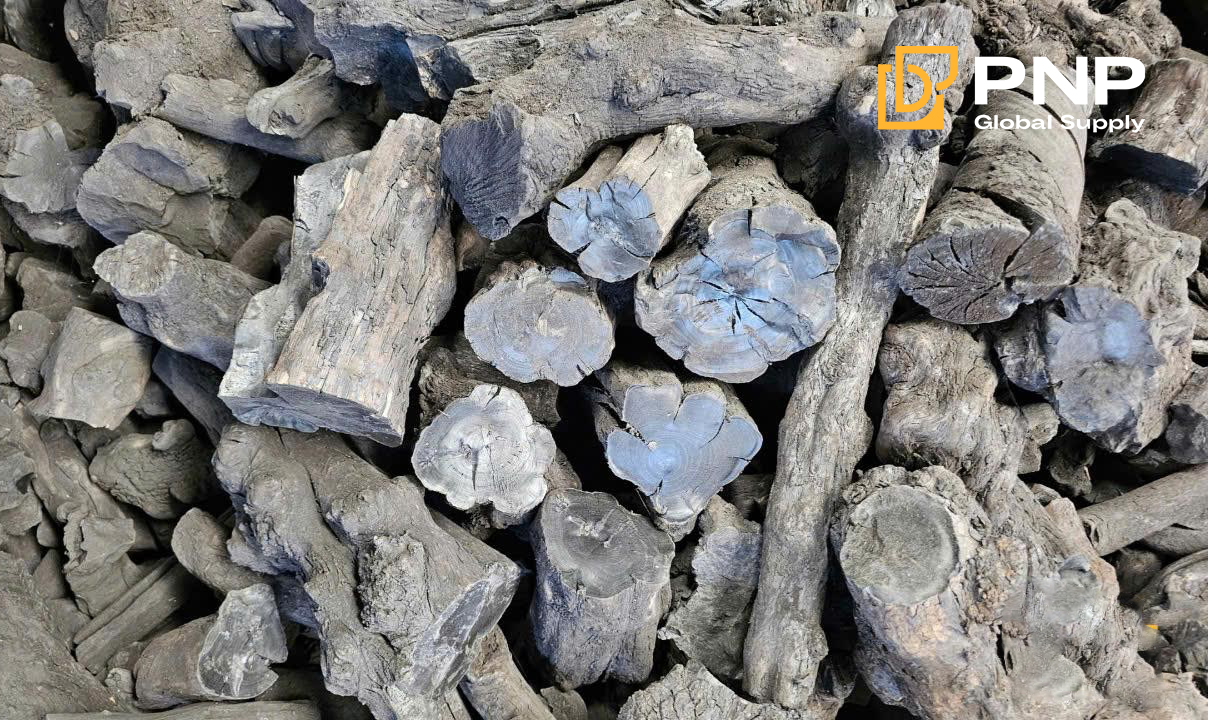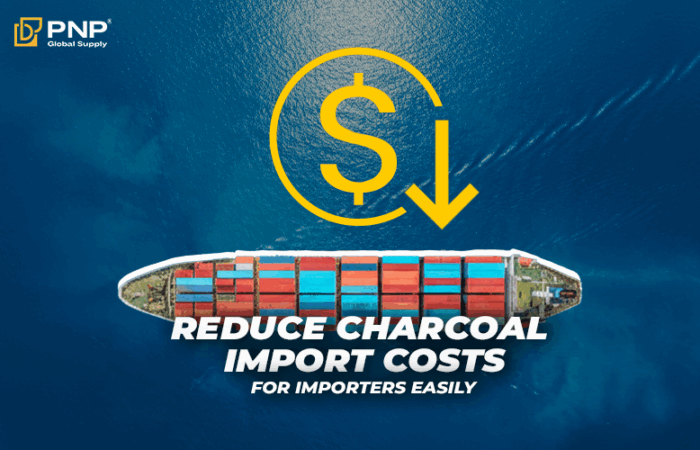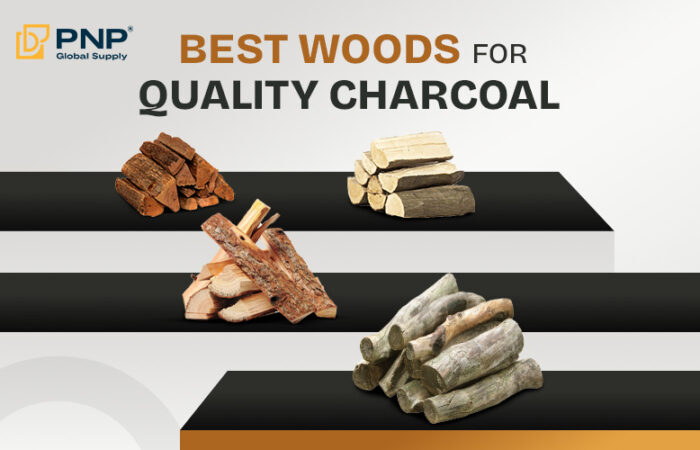Charcoal is an ancient material that has played a significant role in human development for thousands of years. Its simplicity, combined with powerful utility, made it indispensable across different eras—from prehistoric times to modern outdoor cooking. But exactly when was charcoal invented? And beyond its origins, why use charcoal in the first place when there are so many modern fuel options available?
In this article, we’ll uncover the surprising history of charcoal, discover who discovered charcoal, explore the qualities of lumpwood charcoal and natural charcoal, and understand where charcoal is found today.

When Was Charcoal Invented?
The story of charcoal begins deep in prehistory. Although there is no exact date for its invention, archaeological evidence shows that early humans were producing and using charcoal as far back as 30,000 years ago. These early groups may have accidentally discovered it when partially burned wood was left under ash, resulting in a blackened substance that burned hotter and cleaner than regular wood.
By the time humans developed early forms of agriculture and metalworking, charcoal had already become a crucial tool. Around 4000 BCE, civilizations such as the Egyptians began using it in copper smelting. Over time, its use spread to Greece, Rome, China, and beyond. So if you’re wondering who discovered charcoal, the answer isn’t tied to one person—it was a gradual, collective discovery across many cultures. What’s important is how quickly people realized its value.
Why Use Charcoal?
Despite the development of gas, electricity, and modern fuels, charcoal continues to be widely used—and for good reason. It burns hotter than wood, produces less smoke, and gives food a rich, smoky flavor that’s hard to replicate. Whether for casual backyard barbecues or professional open-fire cooking, many chefs prefer charcoal for its direct heat and distinctive taste.
Beyond cooking, charcoal is still valued in traditional metalwork, water filtration, and even medicine. It’s a simple material, but its benefits are long-lasting. For people looking for more natural or off-grid fuel options, charcoal remains one of the most practical and reliable choices. This is why the question why use charcoal is easy to answer: it offers performance, flavor, and flexibility that alternatives often cannot match.
At PNP Charcoal, we offer a wide range of charcoal types with various designs and prices. Visit our website: pnpcharcoal to find the best charcoal for you!

Lumpwood Charcoal: A Return to the Essentials
In today’s charcoal market, lumpwood charcoal stands out as the most traditional and natural form available. It’s made by burning hardwood in low-oxygen environments, resulting in irregular pieces of blackened wood that resemble their original shape. This type of charcoal lights quickly, burns cleanly, and delivers intense heat—qualities highly prized by grilling enthusiasts.
Unlike briquettes, which are often manufactured with binders and fillers, lumpwood is free from additives. This makes it a popular choice for those who want a more natural cooking experience. While it may not last as long as some compressed products, its ability to respond to airflow and deliver quick, high heat gives it a clear edge in many situations.

Natural Charcoal and Modern Preferences
There has been a growing shift toward more sustainable and cleaner fuel choices, and natural charcoal has emerged as a top option. Made entirely from hardwood with no added chemicals, natural charcoal appeals to health-conscious consumers and those who care about the environment.
Not only does it burn cleanly, but it also provides a subtle, smoky aroma that enhances food without overpowering it. Unlike chemically treated briquettes, natural charcoal is often preferred for open-fire cooking and high-end grilling. The movement toward “back to basics” fuels is helping natural charcoal regain popularity, especially among those looking for authenticity in flavor and fire.
Where Is Charcoal Found?
Charcoal isn’t found in the ground like coal—it’s made by people. So when we ask where is charcoal found, we’re really talking about where it’s produced. That often depends on the availability of hardwoods and the tradition of charcoal making in a region.
Countries like Vietnam, Indonesia, and parts of Africa are leading producers of charcoal, thanks to their forest resources and long-standing production methods. Vietnam, for example, exports large quantities of high-quality lumpwood charcoal made from coffee wood, eucalyptus, and other dense hardwoods. These are valued for both their performance and eco-friendly properties.
In rural communities and off-grid areas, charcoal production is often done on a small scale using traditional kilns. In contrast, commercial production for export involves more standardized processes and quality control. Whether used locally or sent abroad, charcoal continues to play an important role in energy supply and outdoor cooking culture.
If you’re not familiar with how charcoal production works, check out the following article: What are the Different Types of Charcoal Production?
Conclusion
Charcoal may seem simple, but it’s been a powerful force in human innovation for tens of thousands of years. While we may never know the exact moment or person responsible for its discovery, the fact that early humans recognized its usefulness so early in our history speaks volumes. Asking when was charcoal invented leads us to a journey through time—from primitive fires to sophisticated grilling techniques.
Whether you’re exploring the rustic appeal of lumpwood charcoal, choosing a more eco-friendly natural charcoal, or just curious about where charcoal is found, the common thread is clear: charcoal continues to serve us with heat, flavor, and reliability. It’s not just fuel—it’s tradition, science, and culture combined.
________________________________
Contact us for more information
Facebook: PNP Charcoal
Instagram: PNP Charcoal
Email: info@pnpglobalsupply.com




